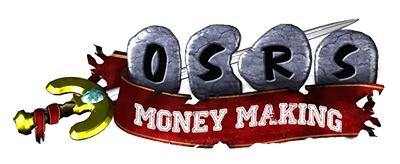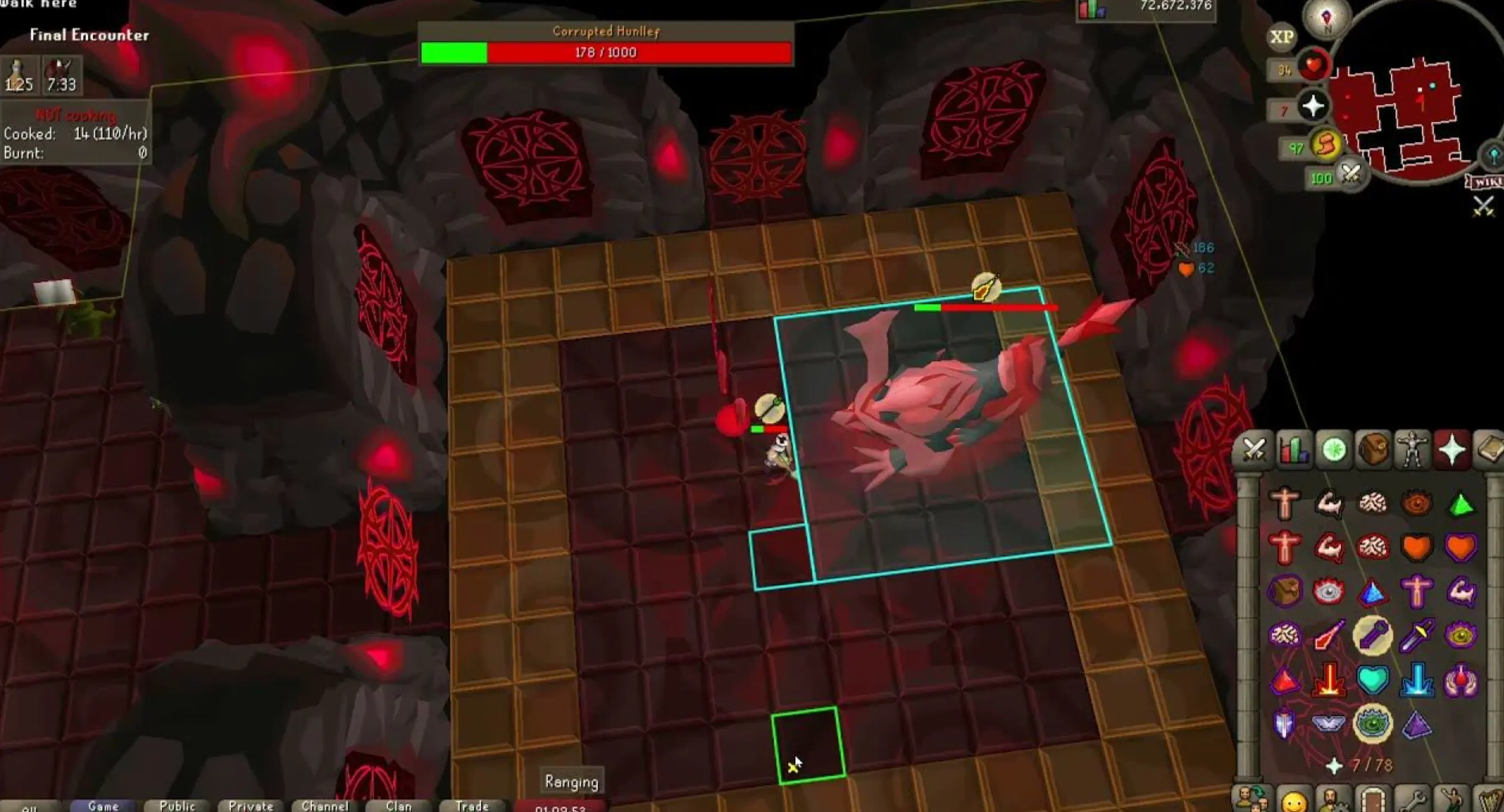Your cart is empty
Understanding the OSRS Cooking Burn Chart: A Complete Guide
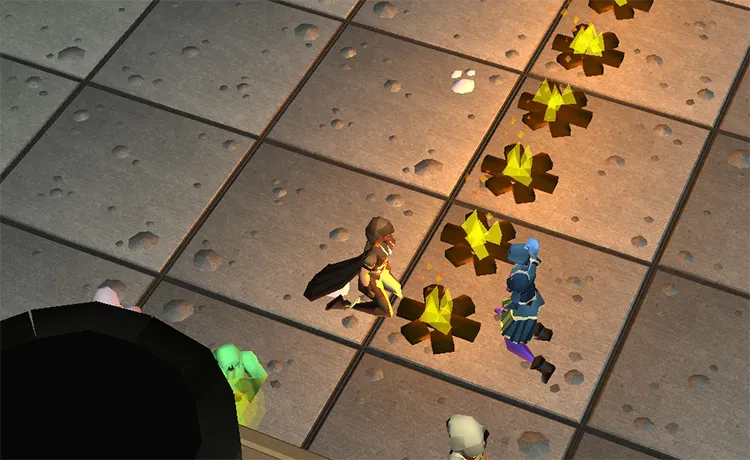
Old School RuneScape (OSRS) offers a unique blend of nostalgia and gameplay, with cooking being one of its most essential skills. Understanding how cooking works, including the intricacies of burning food, is crucial for players looking to maximize their efficiency and success in the game. The Cooking Burn Chart serves as a valuable resource, guiding players on which foods are susceptible to burning and at what levels they can successfully cook without risk. This guide will help players navigate the complexities of cooking and improve their culinary skills in OSRS.
The Cooking Burn Chart is a comprehensive reference tool that outlines the specifics of food items that can be cooked in OSRS, detailing the levels at which each item can be cooked without the risk of burning. In OSRS, players can cook various foods ranging from fish to meats, but not all items can be cooked successfully at the same skill level. The chart provides vital information, including the cooking level required to prepare each item and the respective probability of burning it based on the player’s current cooking level.
Each food item in OSRS has a certain cooking level at which it can be prepared without burning. For instance, raw fish like shrimp can be cooked at level 1 with no risk of burning, whereas more advanced items like sharks can only be cooked successfully at level 80. The chart categorizes these food items into tiers, helping players understand the progression of cooking skills and the corresponding risks involved.
Additionally, the Cooking Burn Chart includes valuable statistics such as the burn rates, which indicate the percentage chance of burning a specific food item based on the player’s cooking level. As players level up their cooking skills, their chances of successfully cooking higher-tier foods increase, allowing for more efficient food preparation and higher healing outputs in gameplay.
Understanding this chart is essential for players looking to optimize their cooking experience. By consulting the Cooking Burn Chart, players can plan their cooking sessions effectively, ensuring they are aware of which items to focus on at different skill levels to minimize waste and maximize their culinary output. Overall, the Cooking Burn Chart is an indispensable guide for OSRS players eager to master the cooking skill and enhance their gameplay experience.
Factors Affecting Cooking Burns
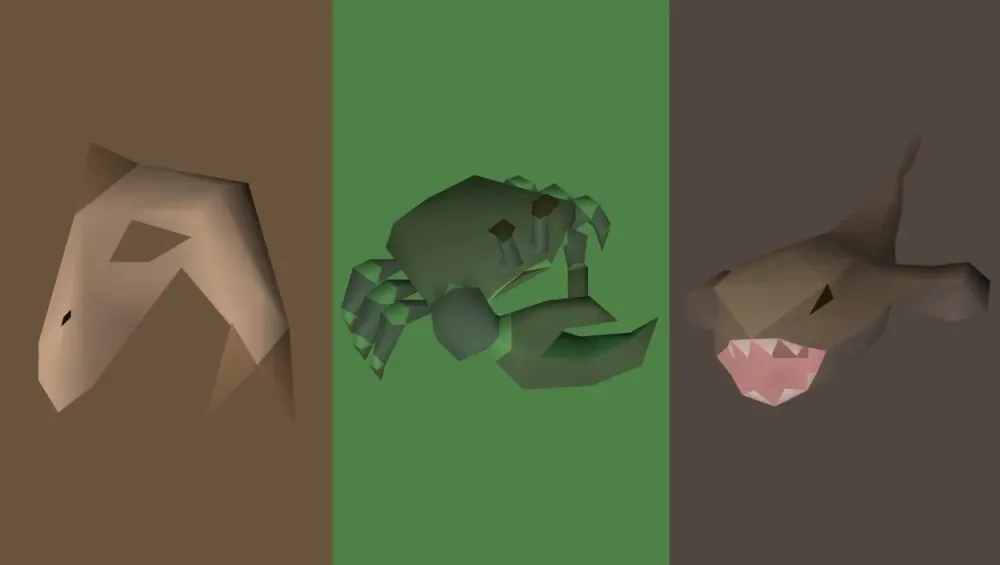
When it comes to cooking in Old School RuneScape (OSRS), several factors can influence whether your food burns or not. Understanding these factors is key to maximizing your cooking efficiency and minimizing waste. Here’s a breakdown of the main elements that affect cooking burns:
- Cooking Level: Your cooking level plays a crucial role in determining the likelihood of burning food. Generally, the higher your cooking level, the less likely you are to burn items. For example, players at level 99 have a significantly reduced burn rate compared to those at lower levels.
- Food Type: Different food items have varying burn rates. Some foods, like fish, are more prone to burning than others, such as meats. Knowing which items are more forgiving can help you choose wisely.
- Cooking Method: The method you use to cook food can also influence the burn rate. For instance, using a range instead of a fire can decrease the chances of burning food. Ranges are generally more efficient, especially for high-level cooking tasks.
- Cooking Equipment: The type of stove or fire can matter. Ranges often provide a better cooking experience than open flames, reducing the risk of burning food.
- Cooking Boosts: Temporary boosts, like those from cooking potions or specific items, can enhance your cooking ability, thereby lowering the burn rate. Always consider using these if you’re aiming to cook large quantities.
By keeping these factors in mind, you can significantly improve your cooking outcomes and reduce the frustration of burnt food in OSRS.
Burn Rates for Different Food Items
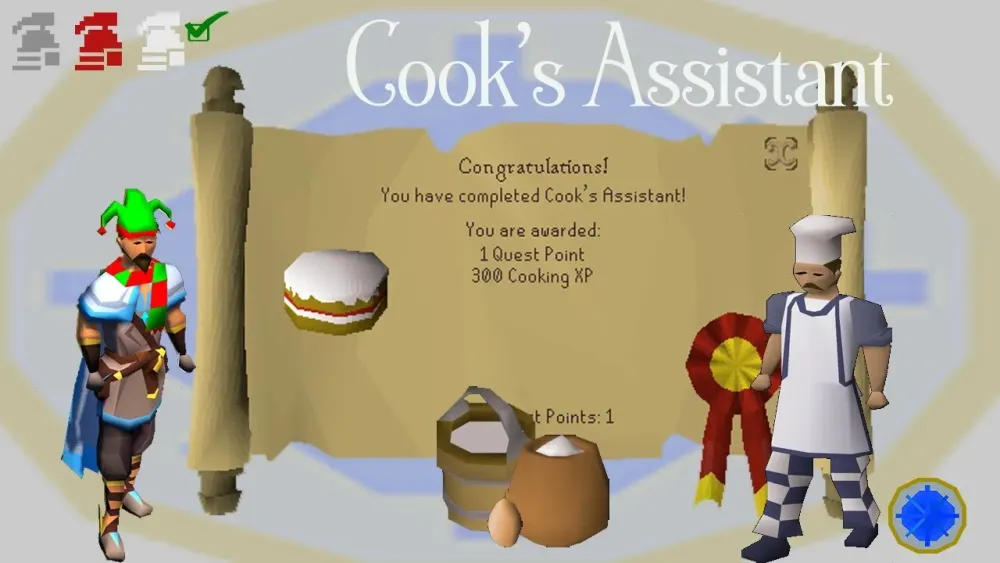
Understanding the burn rates for various food items in OSRS is essential for effective cooking. Each type of food has a specific level at which you can stop burning it. Here’s a handy reference chart to help you navigate these burn rates:
| Food Item | Level to Stop Burning | Burn Rate |
|---|---|---|
| Shrimp | 1 | 100% |
| Anchovies | 1 | 100% |
| Trout | 15 | 25% |
| Salmon | 30 | 20% |
| Tuna | 35 | 15% |
| Shark | 80 | 2% |
| Anglerfish | 82 | 2% |
As you can see from the chart, the burn rates drop significantly as your cooking level increases. For new players, sticking to items like trout and salmon can help minimize waste until they level up. Meanwhile, seasoned cooks can tackle more challenging recipes without worrying too much about burns.
By keeping track of these burn rates, you can make informed decisions about what to cook, ensuring you’re not just cooking for experience but also for efficiency!
How to Minimize Cooking Burns
Cooking in Old School RuneScape (OSRS) can be a fun and rewarding skill to train, but dealing with cooking burns can be frustrating. However, there are effective strategies to minimize these pesky burns and maximize your experience gains. Here are some tips to help you cook more efficiently:
- Use Higher Cooking Levels: As your cooking level increases, your chances of burning food decrease significantly. Aim to cook items that your level surpasses to reduce burns.
- Select the Right Food: Different food items have different burn rates. For example, cooking fish like shrimps and anchovies has a higher burn rate compared to more advanced foods like sharks. Refer to the burn chart for specific details.
- Utilize Cooking Gauntlets: If you have completed the Recipe for Disaster quest, you can wear Cooking Gauntlets. They decrease the chance of burning certain foods, making them invaluable for training.
- Use the Right Cooking Method: Cooking on a range instead of a fire can lower burn rates for most foods. Always opt for a range when available.
- Practice Makes Perfect: The more you cook, the better you get. With practice, you’ll naturally burn fewer items as you become more familiar with cooking mechanics.
By following these strategies, you’ll not only save resources but also make your cooking training more enjoyable!
Using the Burn Chart for Efficient Training
The OSRS Cooking Burn Chart is your best friend when it comes to training cooking efficiently. Understanding how to interpret this chart can save you time and resources. Here’s how you can leverage it effectively:
| Food | Level Required | Burn Level |
|---|---|---|
| Shrimps | 1 | Burns 100% |
| Trout | 15 | Burns 30% |
| Shark | 80 | Burns 0% |
When using the burn chart:
- Check Burn Rates: Identify the burn rates associated with different foods. This helps you decide which items to cook based on your current level.
- Plan Your Training: If you’re aiming for a specific level, choose foods that offer the best experience with the lowest burn rate.
- Track Your Progress: Monitor your cooking levels alongside burns to see which techniques yield the best results.
By utilizing the burn chart, you can make informed decisions that lead to efficient cooking training and minimize wasted resources!
7. Advanced Cooking Techniques
Once you’ve mastered the basics of cooking in OSRS, it’s time to explore some advanced techniques that can take your culinary skills to the next level. These methods not only help you maximize experience but also minimize food wastage. Here are some key advanced cooking techniques to consider:
- Cooking in Bulk: Instead of cooking one item at a time, try cooking in larger batches. This method can help you save time and materials, allowing you to reach higher cooking levels more efficiently.
- Using Cooking Gauntlets: Equip Cooking Gauntlets to reduce the chance of burning food while cooking. They’re especially useful for high-level dishes like sharks and anglerfish.
- Utilizing the Cooking Skillcape: Once you reach level 99 cooking, wearing the skillcape allows you to cook food without burning it. This is a game-changer for those who want to cook high-value items without the worry of wasting resources.
- Firemaking Synergy: Combine your cooking and firemaking skills by using a bonfire. Cooking over a bonfire reduces the burning rate of food, making it an excellent option for cooking higher-level meals.
- Farming Ingredients: Get into farming! Growing your own ingredients ensures you always have a steady supply of food items. Plus, it’s a great way to save money in the long run.
By implementing these advanced techniques, you can enhance your cooking experience in OSRS, saving time and maximizing your resource efficiency.
8. Conclusion and Tips for Aspiring Chefs
Cooking in OSRS can be both a fun and rewarding experience. Whether you’re doing it for sustenance, profit, or simply to level up your skills, mastering the art of cooking can significantly benefit your gameplay. Here are some concluding thoughts and tips for aspiring chefs:
- Practice Makes Perfect: Don’t be discouraged by the occasional burn. The more you cook, the better you’ll get. Stick with it!
- Experiment with Recipes: Try different recipes to discover what works best for you. Some dishes might yield better experience or profit than others.
- Join a Community: Engage with other players in forums or social media. Sharing tips and experiences can enhance your learning curve.
- Stay Updated: Game updates can change cooking mechanics. Keep an eye on patch notes to stay informed about any adjustments that may affect your cooking strategy.
- Have Fun! Remember that the game is meant to be enjoyable. Explore the culinary world of Gielinor and enjoy the process of becoming a master chef!
By following these tips and consistently practicing your skills, you’ll be well on your way to becoming a top-notch chef in OSRS.
